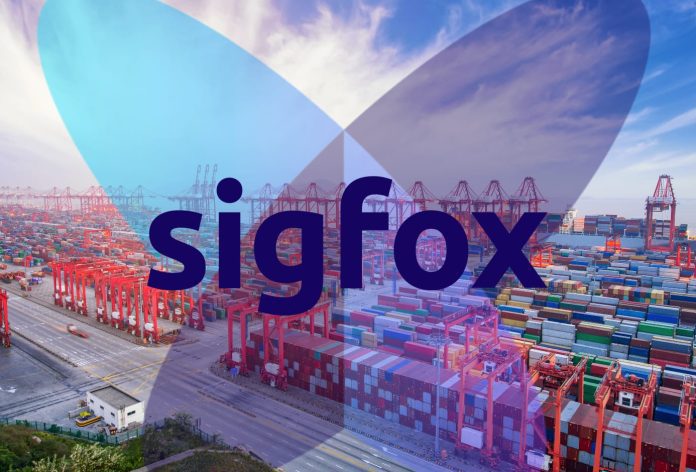The court-appointed receivers in charge of France-based ultra-narrowband IoT technology company Sigfox have initiated a competitive bidding process for the company’s various technology assets, customer accounts, and going-concerns, including its France based Sigfox network operation. The auction, to recover funds in default and potentially give Sigfox a future under new owners, will be open for three weeks, closing on February 25. The original six-month schedule to find new buyers appears to be out-the-window.
Potential bidders have been given access to an online ‘dataroom’, available here, to pour over Sigfox’s books. Sigfox was placed into administrative receivership at the end of January, having raised $311 million in five venture rounds in the period to 2016, including $160 million on its last call, making it a mid-decade darling of the IoT startup scene and the original poster child of French IoT – even enjoying ‘unicorn’ status around the time, with a nominal value of $1 billion.
The likes of Air Liquide, Intel, NTT, Salesforce, Samsung, SK Telecom, Telefónica, and Total, among others, have put money into Sigfox. But things have gone rapidly south, as the firm has struggled to recoup revenue from its expensive global infrastructure project – which has come unstuck, notably, in the US, where nationwide coverage has proved elusive, and external (operator) buyers have failed to step forward to pick up the tab.
The company posted a net loss of €90.7 million for the last financial year (2020), up from losses of €30.8 million in 2019, and losses of €14.9 million in 2018; its revenue in the meantime has slipped to €24.2 million from €43.3 million in 2018 (and €47.45 million in 2017, when its venture capital was still hot in its pockets).
A statement said: “In the context of the receivership proceeding of Sigfox SA and Sigfox France SAS, Sigfox’s management and its court appointed receivers are working together to find new partners and potential buyers which would be in a position to support Sigfox’s long-term development and propose to maintain jobs… The companies’ receivers have initiated a competitive bidding process, with a deadline for bids set for February 25, 2022.”
Sigfox is widely credited for pioneering low-power wide-area (LPWA) connectivity. Sigfox – along with LoRa, a twin LPWA tech on original French IoT scene, now owned and licensed by Semtech, which has fared better in recent years with an opposite do-it-yourself infrastructure model – paved the way for cellular IoT technologies LTE-M and NB-IoT, which are belatedly finding their mark in the low-power IoT space.
Sigfox has 250 staff, across offices in Boston, Dallas, Dubai, Madrid, Paris, São Paulo, Singapore, and Tokyo, as well as its headquarters in Toulouse. It claims to process 80-odd million messages per day from 20-odd million devices, on Sigfox networks in 75 countries (covering 1.4 billion people, it reckons). It has also claimed its pipe for new business is good, with 5,000 customers already committed to deploy 50 million Sigfox-based IoT sensors – despite the challenges it has faced through the Covid-19 pandemic with customer investments and chip shortages.
In conversation with Enterprise IoT Insights in July, its top brass had declared the long wait for massive IoT was almost over. Sigfox was just ahead of its time, they said; the high-cost control-freakery of its business model has been a necessary consequence of its seismic undertaking, a decade ago, to create a market from scratch. But that work was finished, almost, they declared. It now hinges on a new buyer, which shares at least some of Sigfox’s well-tested optimism.

